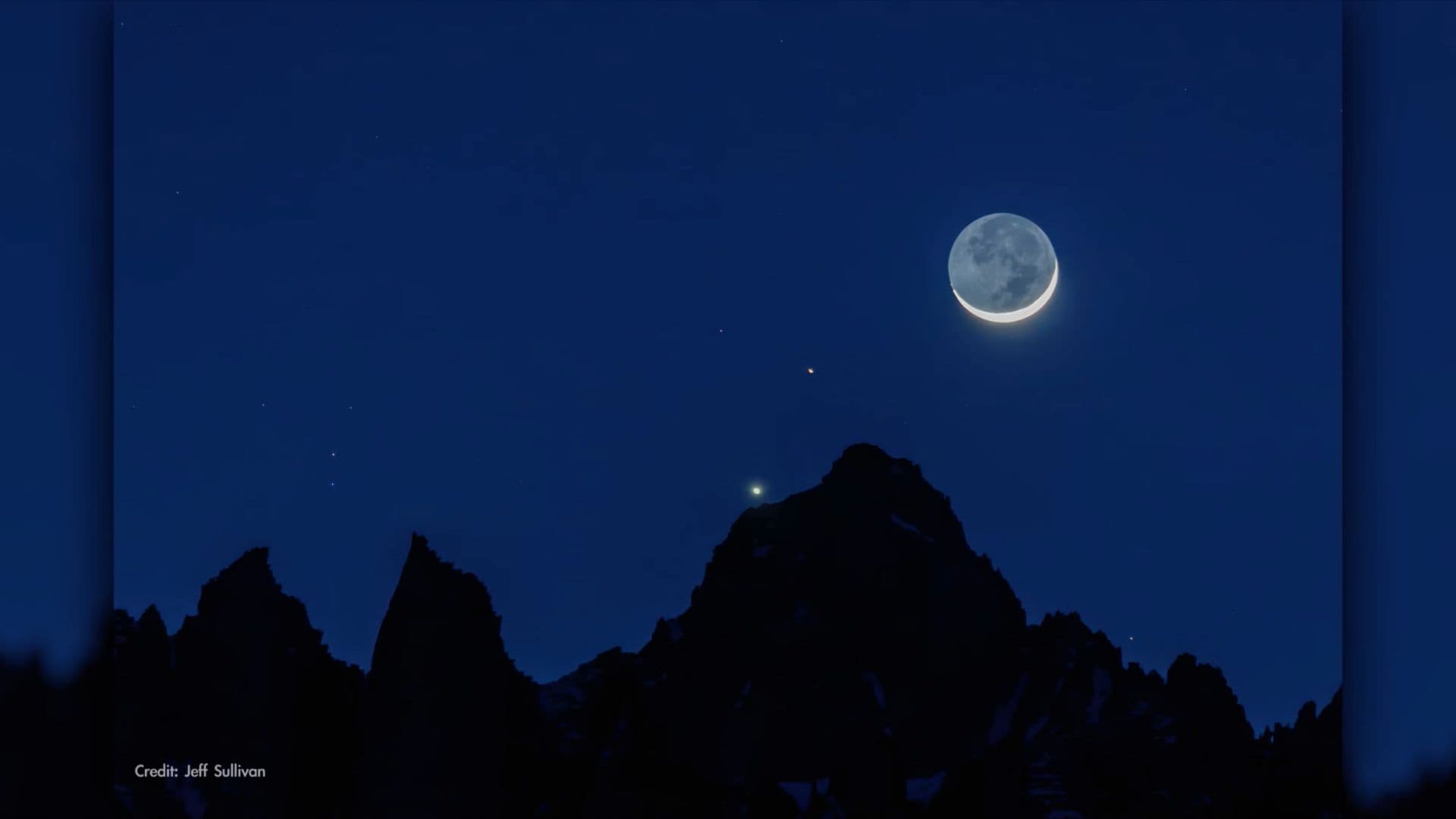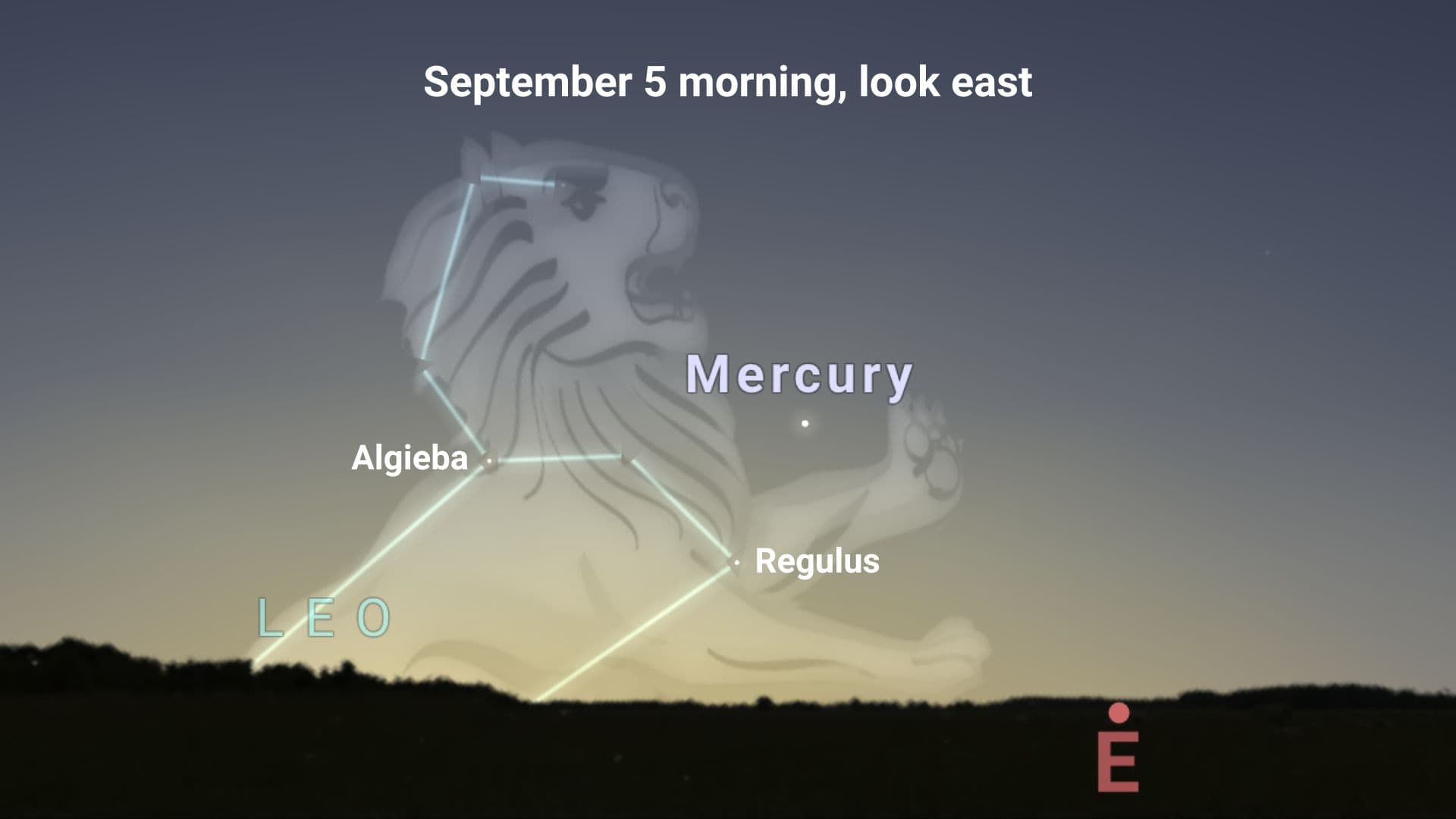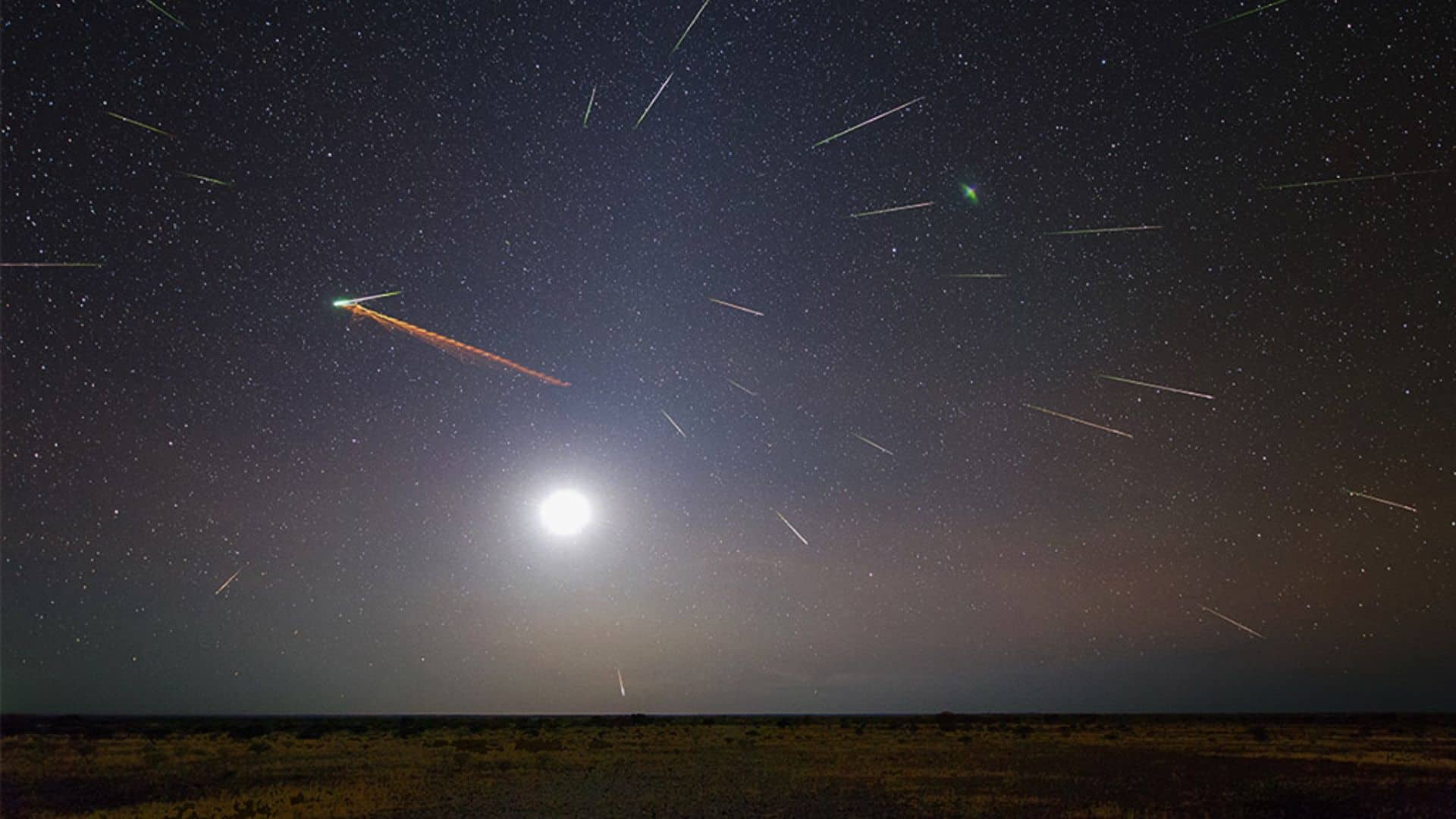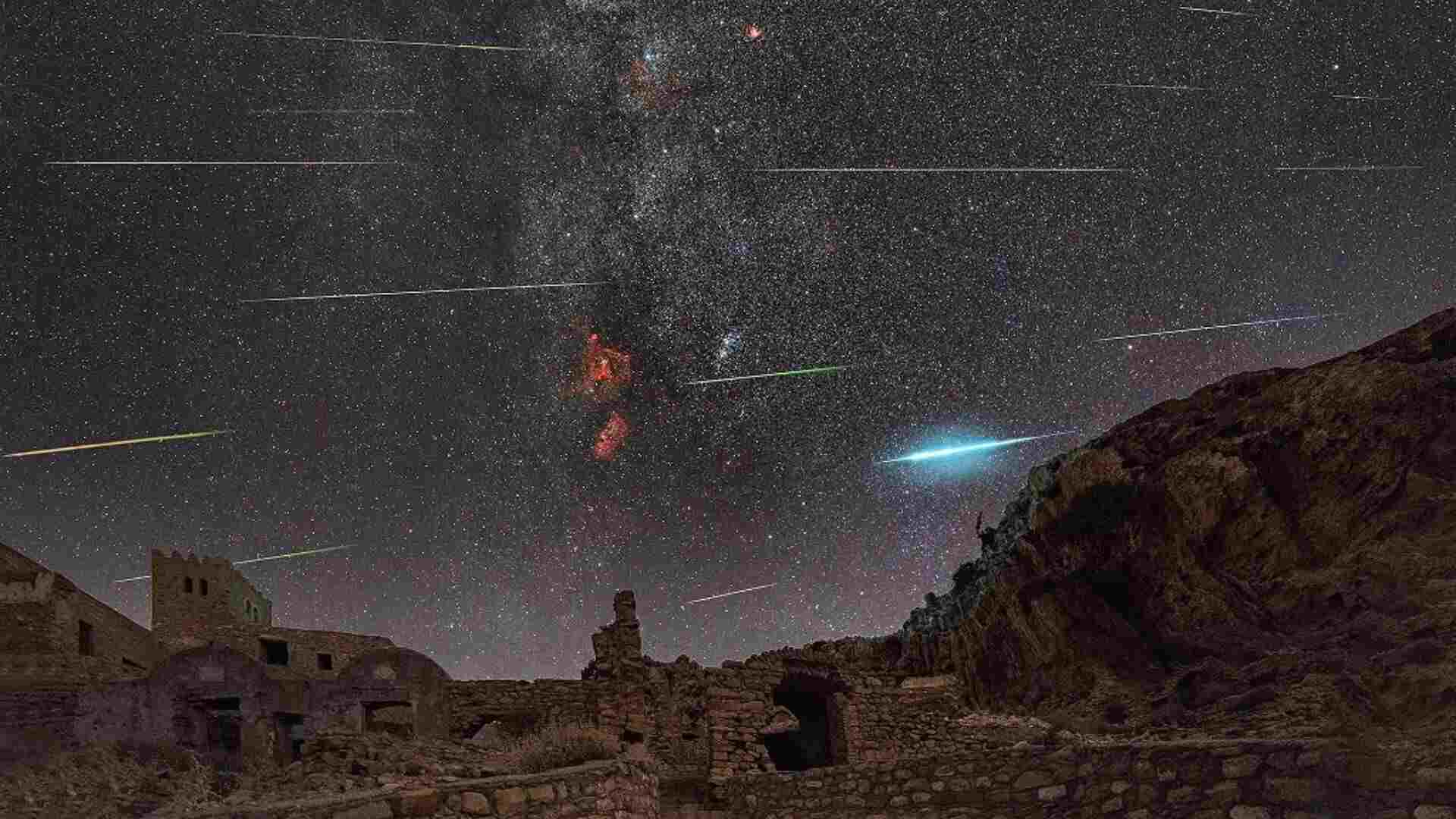Every year, Halloween falls on October 31, and it marks approximately the midpoint between the autumnal equinox (September equinox) and the winter solstice (December solstice).
Halloween is not just a festival. It also shows how much our ancestors knew about astronomy.
Halloween is an astronomical cross-quarter day
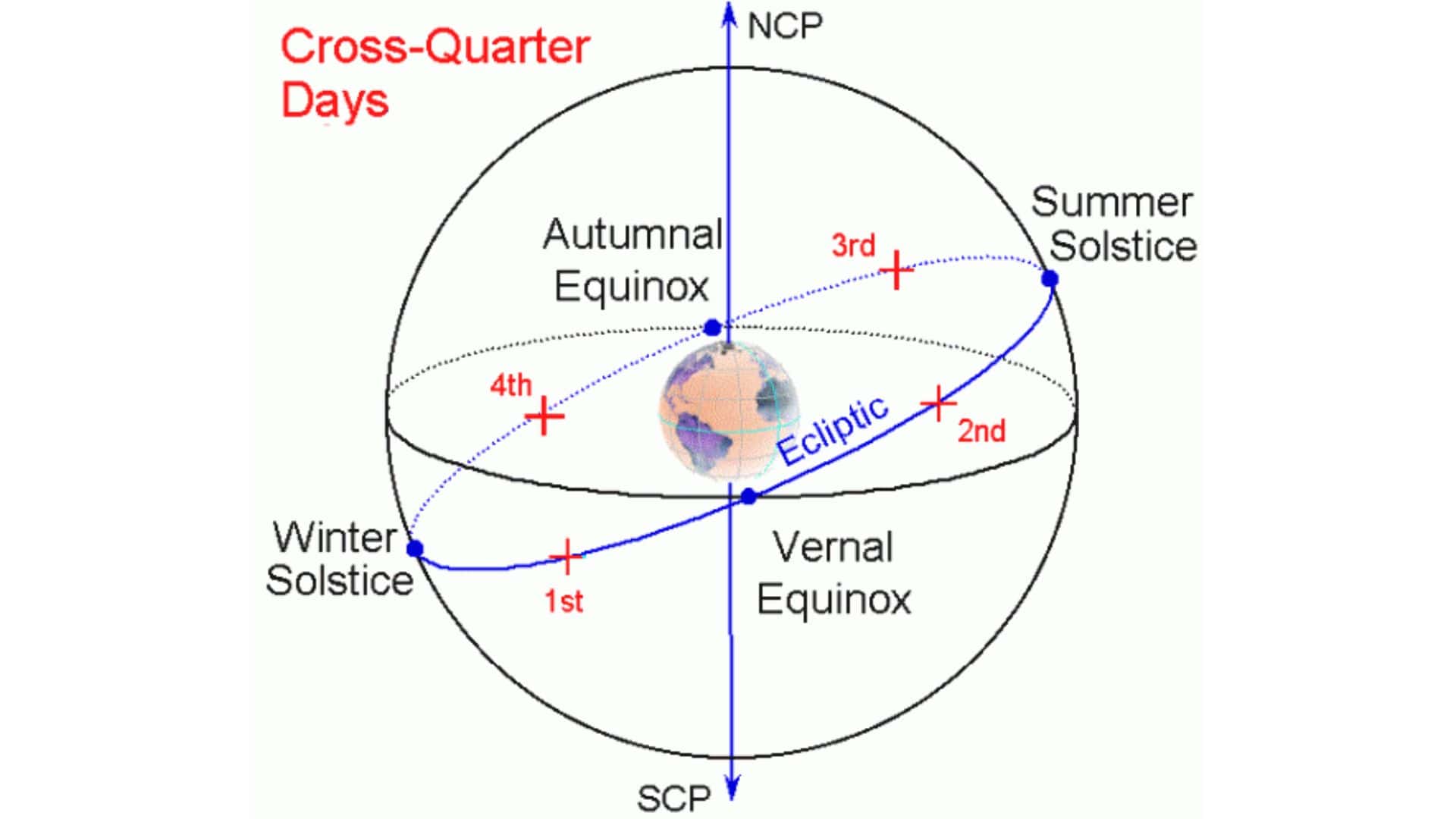
Halloween is an astronomical holiday because it is one of the astronomical cross-quarter days of the year.
An astronomical cross-quarter day occurs between a solstice and an equinox. Now there are four astronomical cross-quarter days in a year because there are two solstices and two equinoxes.
These four astronomical cross-quarter days are celebrated as Groundhog Day (February 2), May Day (May 1), Lammas Day (August 1) and Halloween (October 31) in different cultures around the world.
So Halloween is the fourth and last astronomical cross-quarter day.
Halloween marks the beginning of winter season
Many ancient cultures around the world, like the Celts of the British Isles and the Shinto societies of Japan, mark Halloween as the beginning of the winter season and the end of summer, or “Samhain”.
Connection between Halloween and the Moon
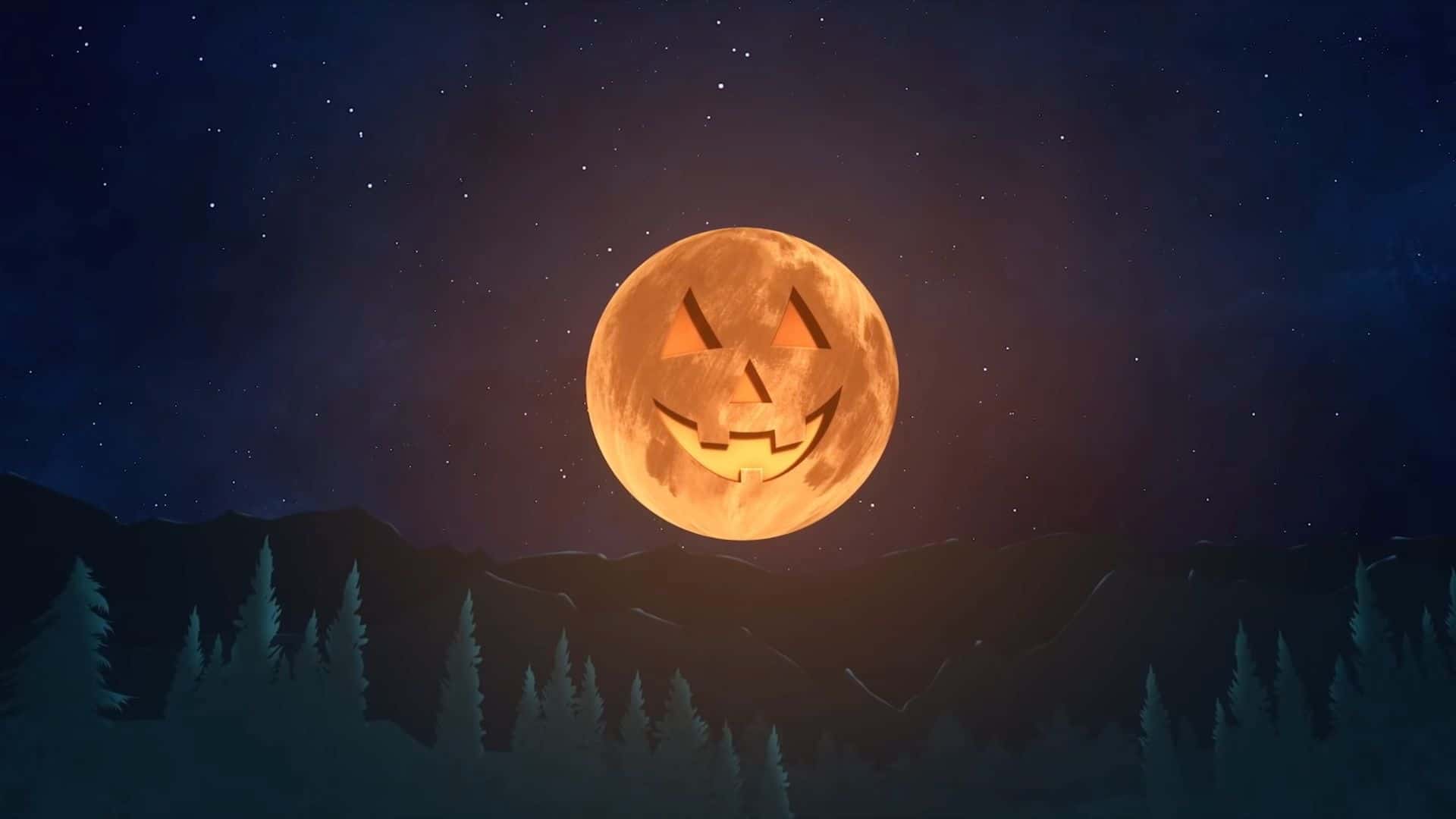
As Halloween marks the beginning of the winter season so the days are getting shorter and the nights are getting bigger. In other words, we’ll start getting more moonlight than sunlight.
So Halloween marks the beginning of the time of year that is ruled by the moon.
Please follow us on Facebook and Twitter to get latest space news, upcoming skywatching events and astronomy-related content.
